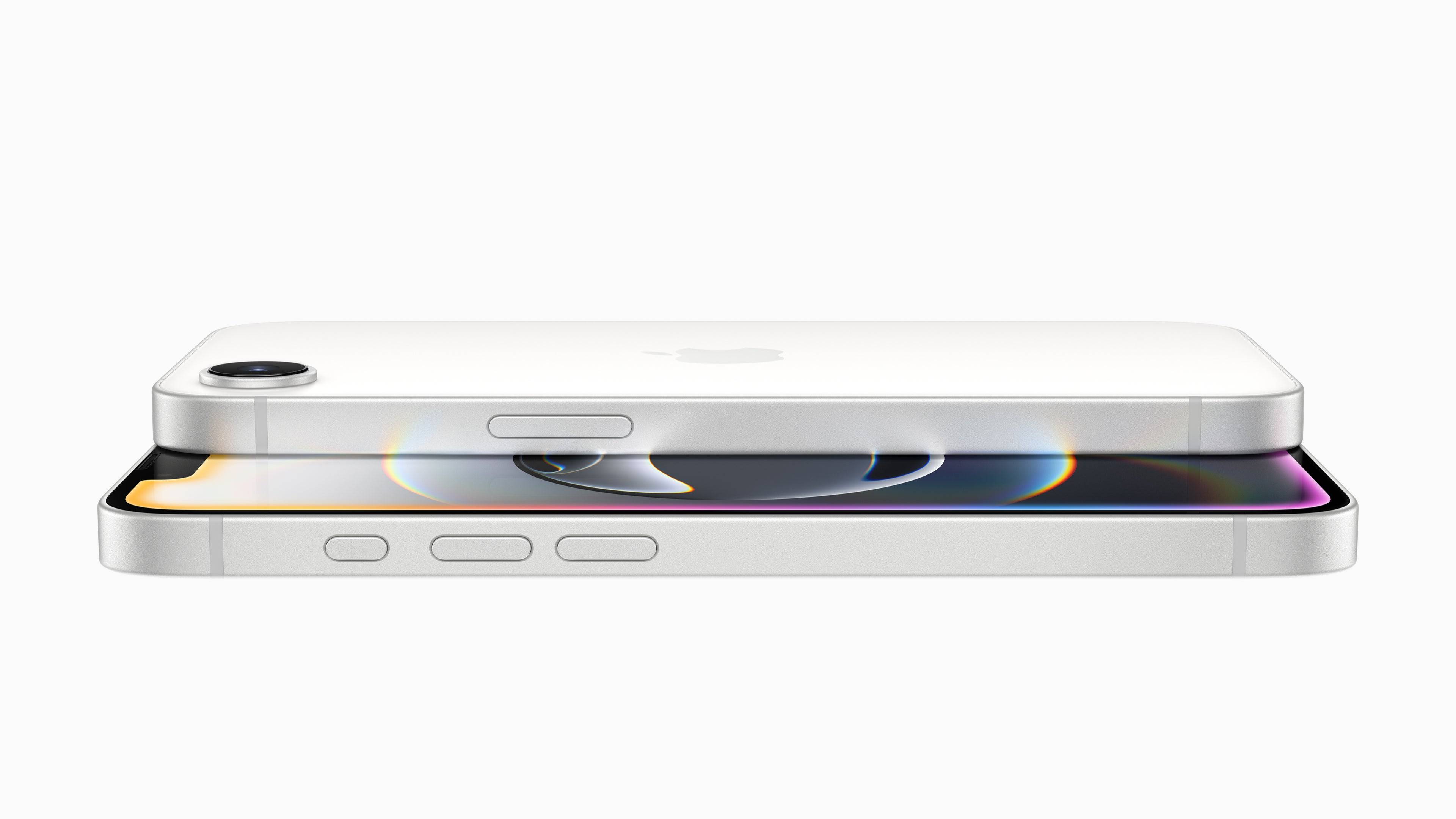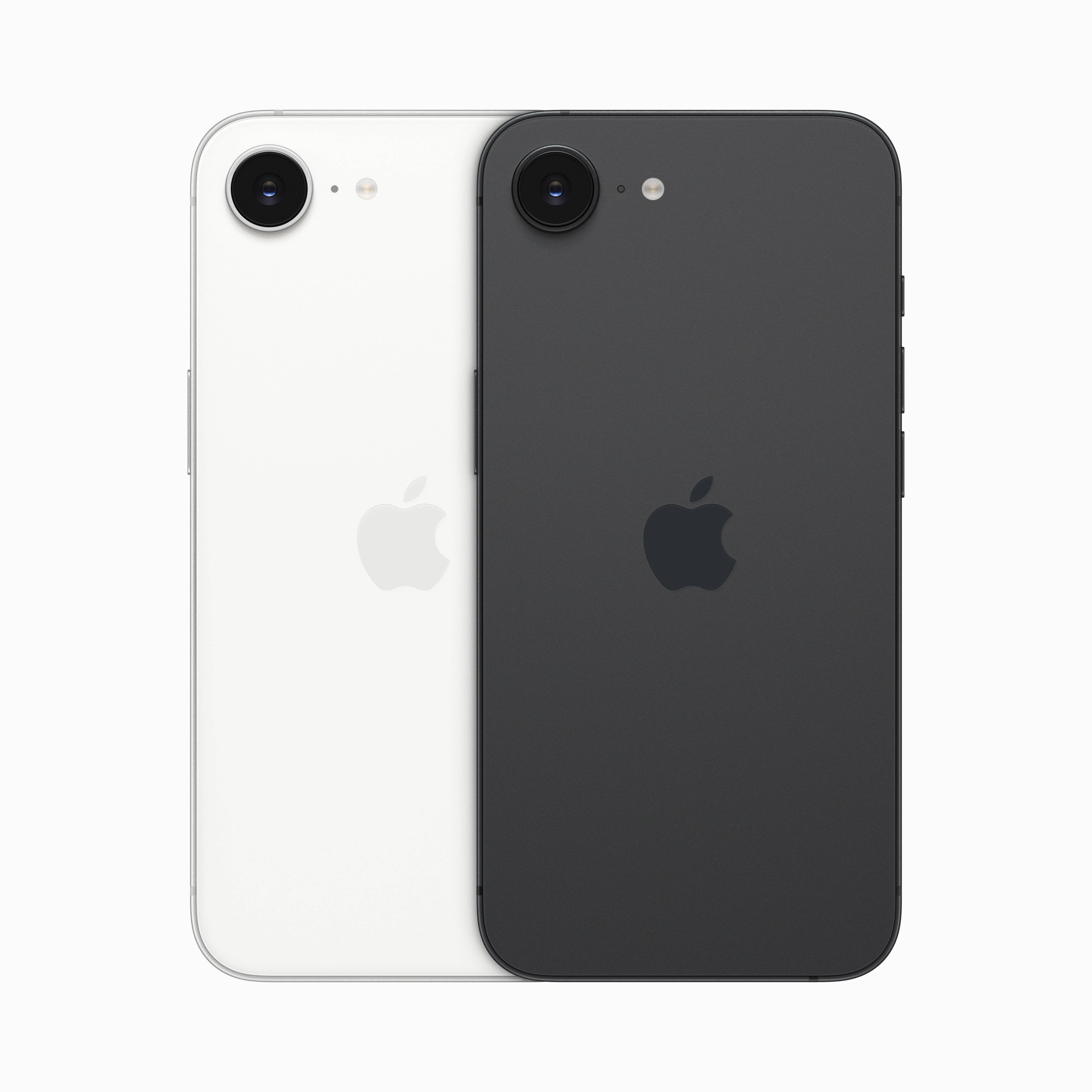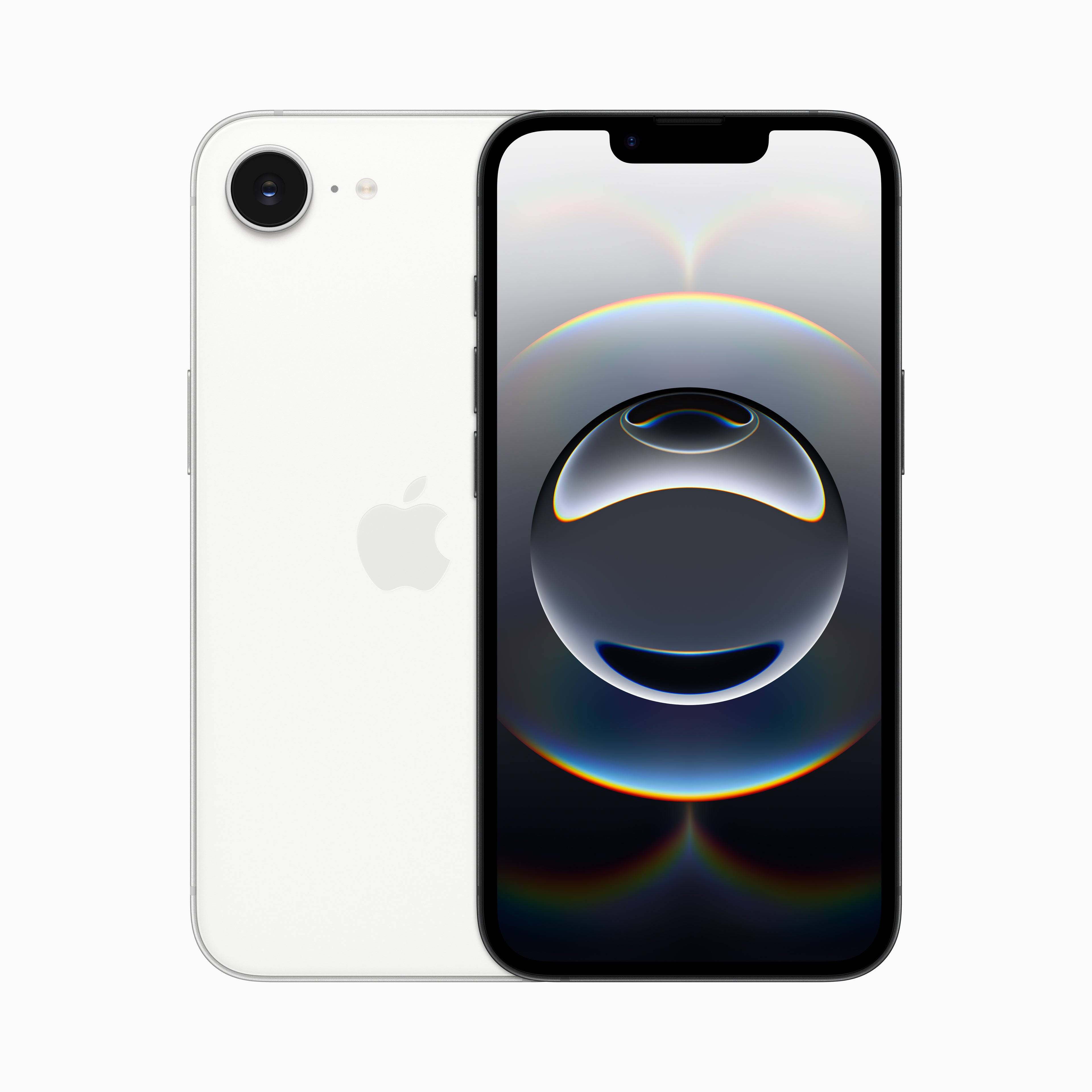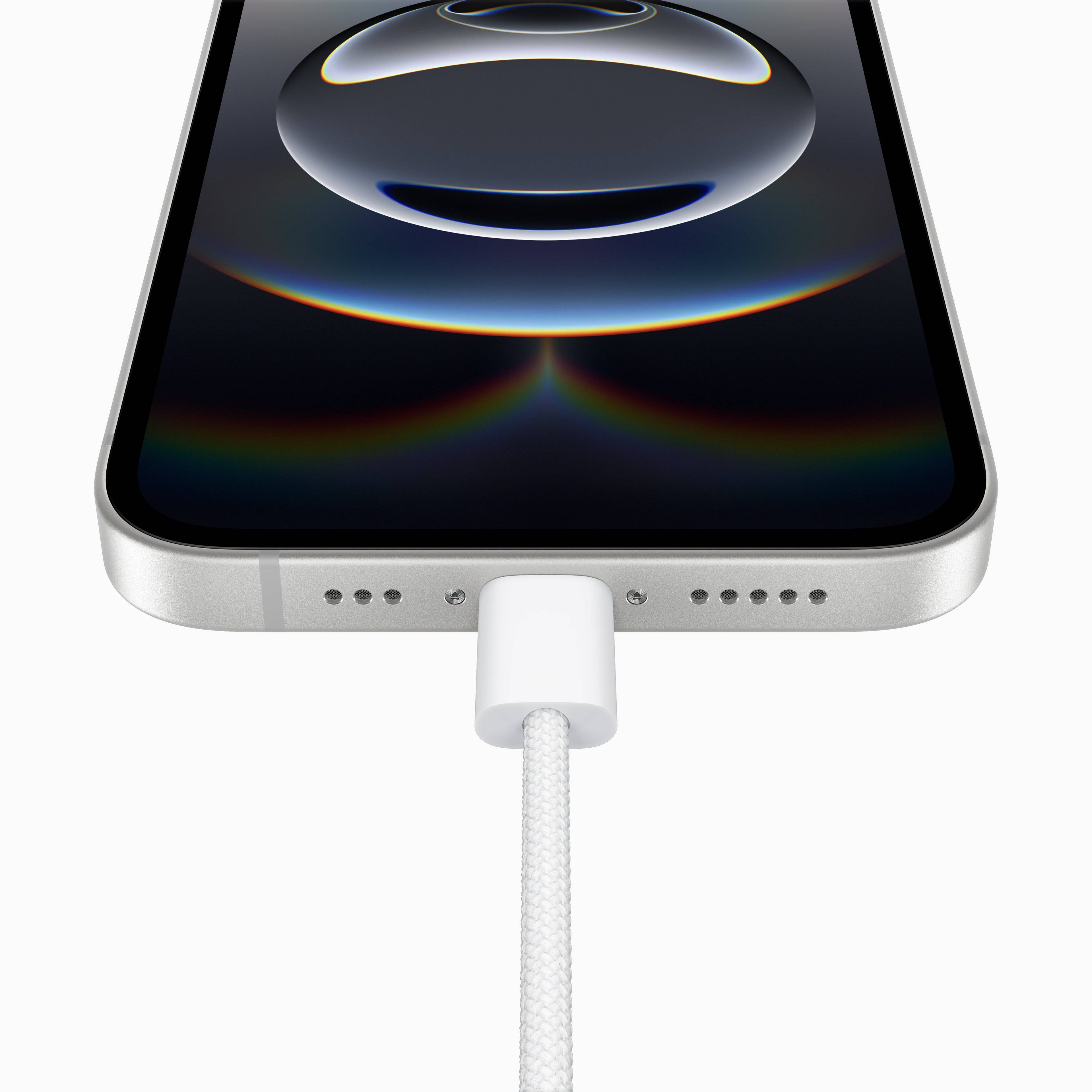On Wednesday morning, Apple unveiled the iPhone 16e, now the most budget-friendly model in their current lineup. This new release takes the place of the 2022 iPhone SE as the "affordable" option, though it marks a departure from the significant price cuts the SE line was known for. Priced at $599, the iPhone 16e narrows the gap with the $799 iPhone 16 released last fall. Pre-orders begin on Friday, February 21, with the official release date set for the following week on February 28.
The iPhone 16e introduces Apple's C1 cellular modem, marking the first time this technology appears in a smartphone. Apple's success with its in-house chips, such as the M1 and subsequent models in computers and the A-series in mobile devices, sets high expectations. The cellular modem, often an overlooked component, plays a crucial role in phone performance. A misstep with the C1 could lead to connectivity issues. Hopefully, Apple has taken lessons from the "Antennagate" incident with the iPhone 4, ensuring the iPhone 16e's connectivity is robust.
iPhone 16e

 4 Images
4 Images

From the front, the iPhone 16e closely resembles the iPhone 14, featuring an identical 6.1-inch OLED display with a 2532x1170 resolution and a peak brightness of 1,200 nits. While not as sharp or bright as the iPhone 16, the iPhone 16e includes the Action button and a USB-C port, though it lacks the Camera Control feature.
The back of the iPhone 16e stands out with its single 48MP camera, reminiscent of the iPhone SE. This camera shares similarities with the iPhone 16's main camera but misses out on features like sensor-shift stabilization, the latest Photographic styles, and adjustable focus in portrait mode. The front-facing camera, however, matches the iPhone 16 and includes Face ID.
The phone's construction uses aluminum, a glass back, and Apple's Ceramic Shield on the front. Although Apple touts Ceramic Shield as "tougher than any smartphone glass," it's worth noting that a newer version claims to be "two times tougher." This raises questions about the durability of the Ceramic Shield on the iPhone 16e, especially considering the wear and tear observed on the iPhone 16's display.
The iPhone 16e's internals highlight Apple's strategy of product differentiation. While the iPhone 16 and 16 Pro models differ in chip performance, the iPhone 16e uses an "A18" chip but with a reduced 4-core GPU compared to the iPhone 16's 5-core GPU. Despite this, the Neural Engine remains intact, allowing the iPhone 16e to access Apple Intelligence features.
The iPhone 16e, at $599, represents a compromise to maintain a lower price point than Apple's other models. While not as deeply discounted as early iPhone SE models, it's based on a design that's only a couple of years old. The 2022 iPhone SE, in contrast, launched at $429 with the same chip as the $799 iPhone 13, despite its dated design.
The performance of the iPhone 16e remains to be seen. With compelling alternatives like the OnePlus 13R around the $600 mark in the Android market, Apple may struggle to attract buyers outside its ecosystem.


 4 Images
4 Images

 LATEST ARTICLES
LATEST ARTICLES 












